Remembering Max - A Tribute
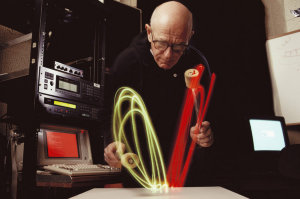
Max's Biography from Csounds.com:
Max V. Mathews was born in Columbus, Nebraska, on November 13, 1926. He studied electrical engineering at the California Institute of Technology and the Massachusetts Institute of Technology receiving a Sc.D. in 1954.
He worked in acoustic research at AT&T's Bell Laboratories from 1955 to 1987 where he directed the Behavioral and Acoustic Research Center. This laboratory carried out research in speech communication, visual communication, human memory and learning, programmed instruction, analysis of subjective opinions, physical acoustics, and industrial robotics.
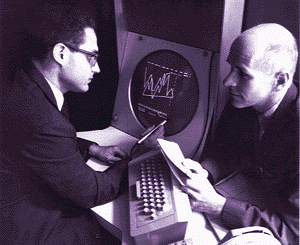
Max Mathews in 1967
From 1974 to 1980 he was the Scientific Advisor to the Institute de Recherche et Coordination Acoustique/Musique (IRCAM), Paris, France. In 1987 Mathews joined the Stanford University Music Department in the Center for Computer Research in Music and Acoustics (CCRMA) as Professor of Music (Research), where he developed a new pickup for electronic violins and a real-time computer system for music performance called the Conductor and Improv Programs and a 3D MIDI Controller called the Radio Baton.
At Bell Labs in 1957, Mathews demonstrated synthesis of music on a digital computer with his Music I program. Music I was followed by Music II through Music V and GROOVE, all were involved in the composition and performance of music on and with computers. These programs have been influential in the development of computer music. For this pioneering work he has been called the "father of computer music," and most recently, "the great grandfather of techno!"
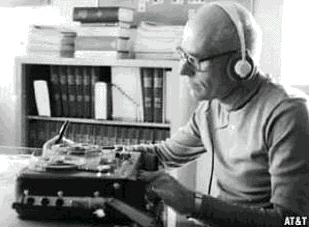
Max Mathews in 1979
Max Mathews has conducted research on computer methods for speech processing, human speech production and auditory masking, and developed techniques for computer drawing of typography. He created the first computer singing, "Bicycle Built for Two," made famous by the Stanley Kubrick film '2001: A Space Odyssey' as the swan song of the dying computer H.A.L. 9000.
The developer of "Music V" synthesis software and "Groove," the first computer system for live performance, he is also the inventor of the Radio Baton, a computer-driven device that allows the user to conduct their own orchestral performances from MIDI files stored in the computer. This gives the user control over tempo, dynamics and balance among all the orchestral instruments. The commercial software product "Max" was based on Mathews' ideas for a flexible, user-patchable sound generating system.
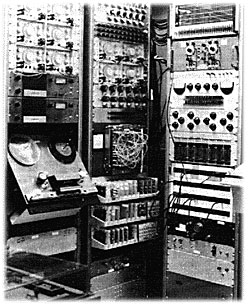
The Groove System
Mathews is a member of the National Academy of Sciences, the National Academy of Engineering and is a fellow in the American Academy of Arts and Sciences, the Acoustical Society of America, the IEEE, and the Audio Engineering Society.
Among the more idiosyncratic forms of recognition he has received, Mathews' Electronic Violin was featured recently on the cover of Playboy magazine. He has won the IEEE Gold Medal, Acoustical Society of America Silver Medal, and the Chevalier de l'Ordre des Arts et Lettres, République Française.
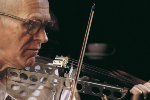
A very thoughtful biography can be read here as well:
The Life and Times of Max V. Mathews, by Owen Meyers, MacGill University, 2002
